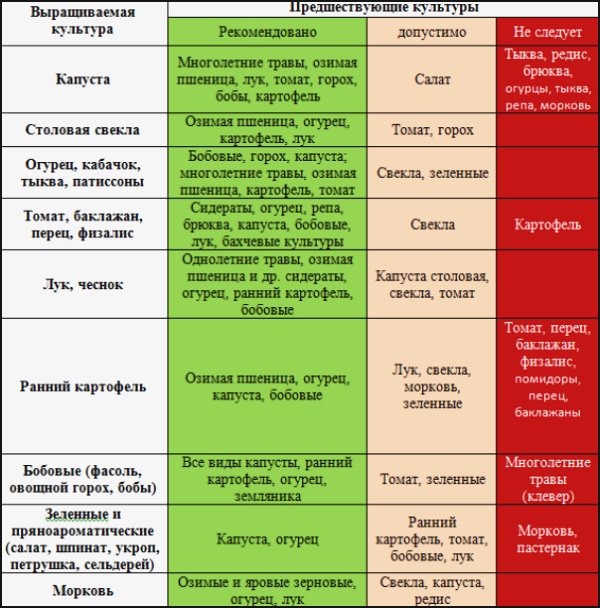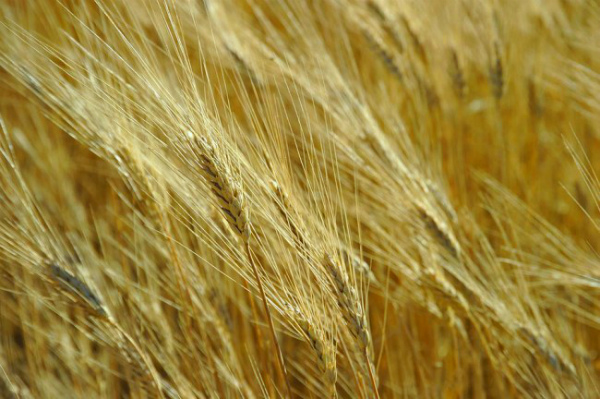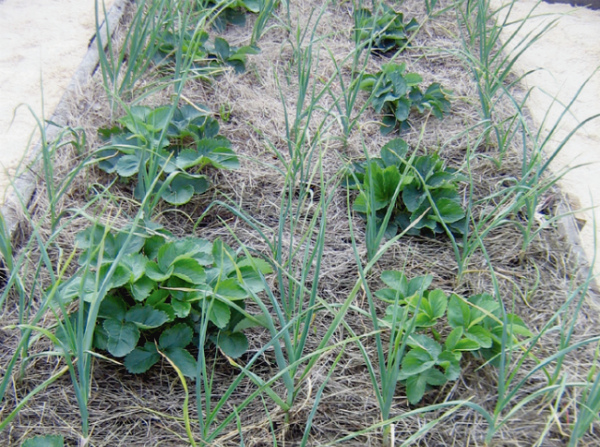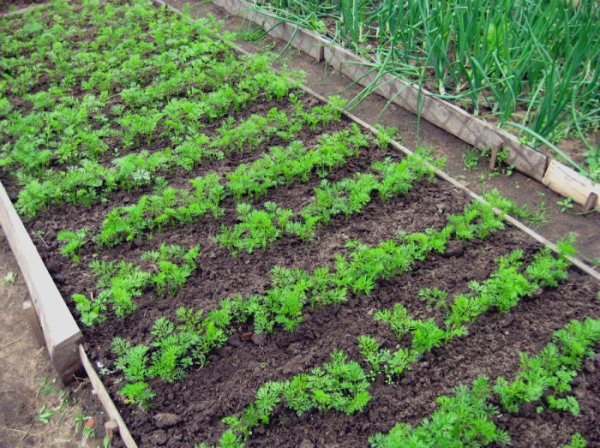What to plant after garlic next year
Content
About crop rotation
Crop rotation is an important part of growing any crop. It is imperative to change the location of plants in the garden every year, carefully monitoring which plants grew here earlier and which can be planted next year. In order not to keep all this in your head, you can keep notes or sketch out a plan of the site annually.
Planting garlic after cabbage, melons and gourds (pumpkins, cucumbers, zucchini, eggplants), beans, peas, tomatoes shows itself well. These crops act as a living fertilizer for the earth, saturating it with useful organic microelements as much as possible, as well as introducing a variety of mineral elements. If you plant garlic and, for example, cucumbers, alternating them every year, you can get the best harvest of both crops, since cucumbers give up quite a lot of nitrogen to the soil.
Observing crop rotation, you must follow two simple rules. First, you should not grow crops from the same family in one place. For example, alternate garlic and onions, potatoes and tomatoes, carrots and dill, cucumbers and zucchini. Fortunately, now it's easy to find out which family the cultures belong to, you just need to enter the name into any search engine. The rule follows from an immutable fact - with long-term cultivation of one family, they begin to accumulate toxins, lure harmful insects and microbes.
The second rule is less justified, from a scientific point of view - to alternate "tops" and "roots". Thus, according to reviews, it is possible to maintain the balance of nutrients in the soil.
Also remember that the seed collected from garlic arrows becomes unusable after 2-3 years, so it makes no sense to plant it.
What is better to plant after garlic
After digging up the garlic and treating the site with copper sulfate, fungicidal and insecticidal preparations, you should think about what you can plant next year. There are several lines of thought. First of all, you can give the soil a rest and plant siderates.
Green manures are essentially annual fertilizers that are grown to restore the natural balance of substances in the soil. They replenish the supply of nitrogen, suppress weeds. They are usually mown in the middle of the season, fertilizing the soil before fall planting, leaving the roots intact to loosen the soil and then rot. Phacelia, mustard, green peas "Vika", rape, spring rape, rye - siderata.
Planting siderates is a good way out when early maturing crops grow on the site, after which you want to plant plants for next year. Harvested in July, the harvest allows you to immediately plant green manure and by the beginning of September to get a workable area. However, this does not mean that it does not need to be "washed" with disinfectants before planting new crops.
However, if you do not have the opportunity to arrange a respite for the garden by planting siderates, you can subsequently plant annual grasses, winter wheat, early varieties of potatoes, cucumbers, legumes, strawberries.
Companion plants
As a horticultural crop, garlic not only serves as a good predecessor for many plants, but also gets along well with some vegetables and berries, acting as a protector for them.
Tomatoes, beets, strawberries, cucumbers, carrots coexist wonderfully in neighboring beds. Garlic scares away aphids from planting, preventing them from damaging the fruits of neighbors. It makes sense to plant it in the aisle, since it also scares off the bear, May beetle larvae, carrot fly, Colorado potato beetle. You also need to wash the plants with a garlic solution at the first signs of damage.
During the formation of arrows, that is, in July, garlic plantings act as a natural defense against black spot, downy mildew, gray rot. Such protection will help protect asters, roses, gladioli and carnations from fungal microflora. In this case, you can wash the flowers with a garlic solution to consolidate the result.
Plant chicory or calendula nearby to protect the garlic from onion flies. The presence of horseradish will increase the concentration of vitamin C in the leaves of both plants.
However, the best neighbor to be planted in any controversial situation is strawberries. The phytoncides produced by garlic protect strawberries from fungal diseases and underground pests. Strawberries, in turn, help to tie the best bulbs and bulbs with an abundance of cloves.
The combination of garlic and carrots also shows good results. After the break of the arrows, in the presence of enzymes secreted by the carrots, the bulb significantly increases in size and weight.
Each year, crops should be planted in new places, alternating among themselves. For example, you can stagger cucumbers, strawberries, carrots, and garlic cloves.
In July, plants should be fed with general fertilizing, washed with fungicides, and after breaking off the arrows or antennae, prepare for fruiting. Planting strawberries and carrots next door is also beneficial in order to increase the keeping quality of the bulbs in winter.
In addition, the culture bears fruit well if siderates are planted next to or last year. This helps her to set healthy bulbs, which finish forming in July at the end of the arrows.
Video "What to plant after harvesting garlic"
In this video, you will hear tips and tricks on what to plant after harvesting garlic in the beds.




